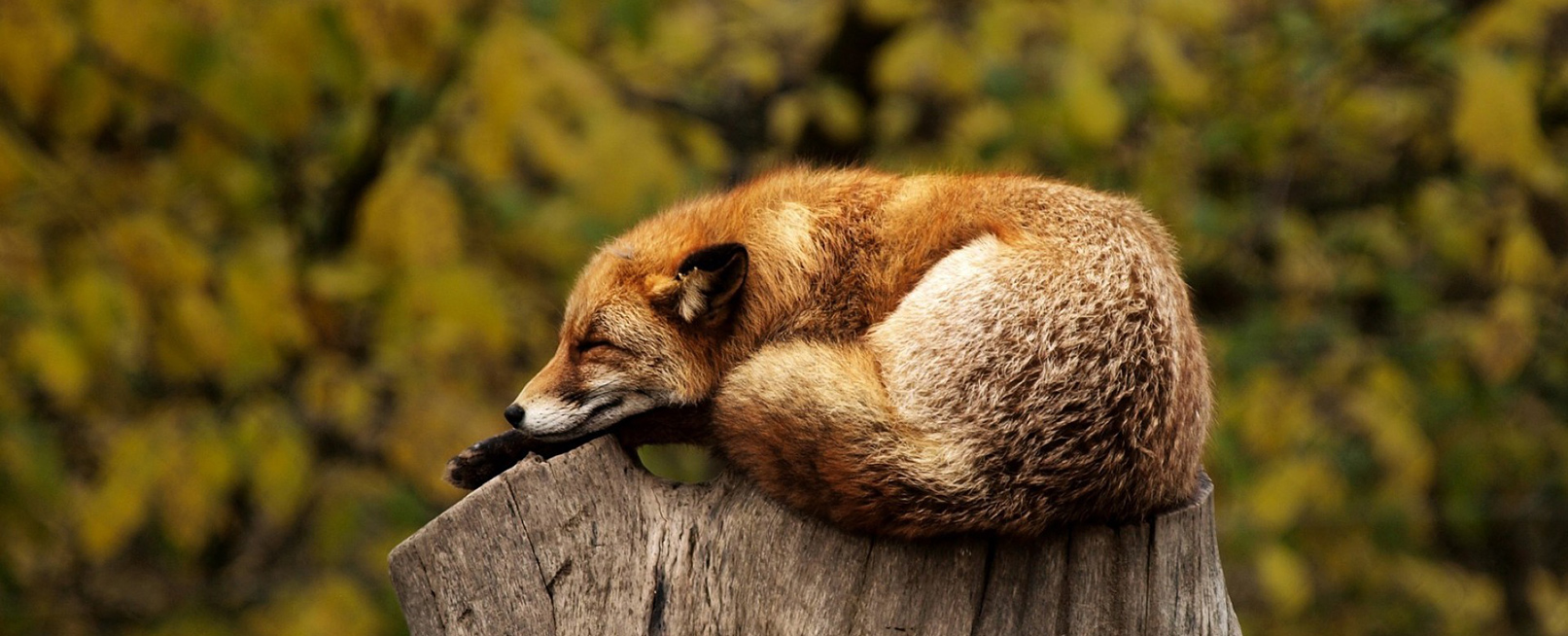
Animal testing in cosmetics
We are often asked if we test our products on animals. Our company does not specifically advertise that it does not test on animals, as it is forbidden by law for all products in the market in Europe. According to the law, we cannot advertise product features that are there by default for all products in the market. This is for example the case with ‘not tested on animals’ claim. Marketing this claim is banned in the EU because all cosmetic products here are not tested on animals.
Raw materials and end products are tested to ensure product safety in cosmetics market. The purpose of testing is to provide consumers with safe, suitable and efficient raw materials and products. In the EU, legislation outlines a precise framework for the criteria on which products enter the market, and product testing is part of this safety verification. Testing has historically been performed using animals, but for a long time these methods have been replaced by alternative ones and animal testing has been abandoned in cosmetics. In the EU, bans on animal testing gradually came into force, starting with bans on testing raw materials. We then proceeded with bans on testing end products and, most recently, the replacement of the most difficult types of testing with animal-free methods. The cosmetics industry has been a pioneer in developing alternative methods to animal testing for more than 25 years.
Testing methods
Raw materials and end products can be tested with different computer models (in silico), cell models (in vitro), and with different groups of subjects (in vivo). For example, computer modelling can be used to compare the behaviour of raw materials with the same chemical structure and to predict future effects. In vitro, ie in laboratory conditions, simple mechanisms of action can be studied and verified e.g. absence of eye irritation. In in vivo testing, for example, subjects have access to the products and after the period of use they are interviewed and possibly the skin and / or hair are examined in more detail by a dermatologist using various measurement methods. Product testing is done from the perspectives of demonstrating both safety and efficacy.
In Europe, ECVAM (European Center for the Validation of Alternative Methods) is an organization responsible for the development and validation of alternative methods. Validation means that the developed animal test free method really works in the same way every time and the result can be trusted. FICAM (The Finnish Center for Alternative Methods), located at the University of Tampere, is an expert center for alternative research methods to animal testing in Finland. The development of alternative methods is challenging and requires a lot of planning and work to find suitable test methods. New ingredients cannot be added to the range of cosmetics unless they have been tested using these alternative methods. This has also partly slowed down the discovery of completely new innovations in raw materials for cosmetics, as the use of alternative methods has not always been successful. Cosmetics Europe is the European umbrella organization for the cosmetics industry and is actively working to ensure that other industries are more effective in introducing alternative methods into their own legislation.
Products coming from markets outside EU, use the ‘cruelty free’ or ‘not tested on animals’ symbols to emphasise these features in the products. These symbols usually mean that the the product or any part of it has never been tested on animals in the history of the product. More detailed quality requirements for the use of these symbols can be found through the organizations that issue them.
Noora Kailanto
Quality Manager, Toxicologist